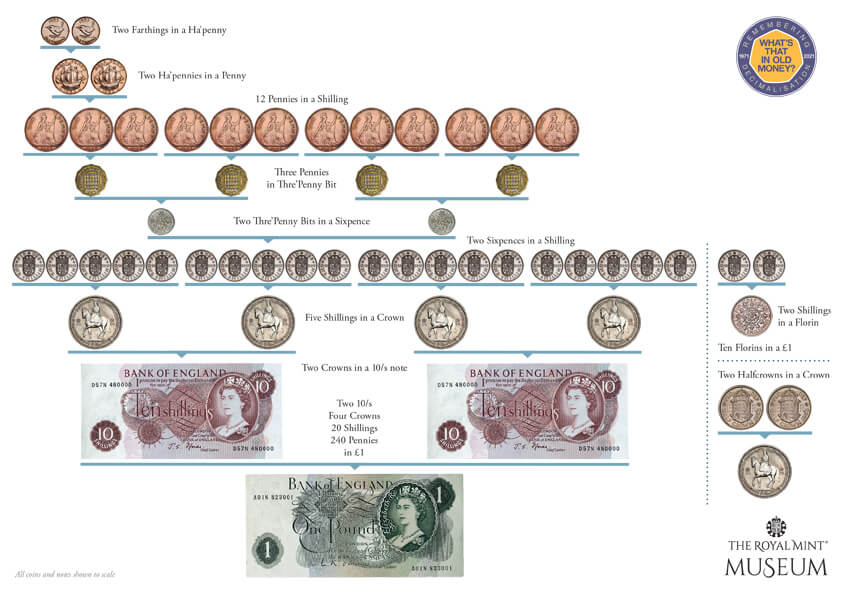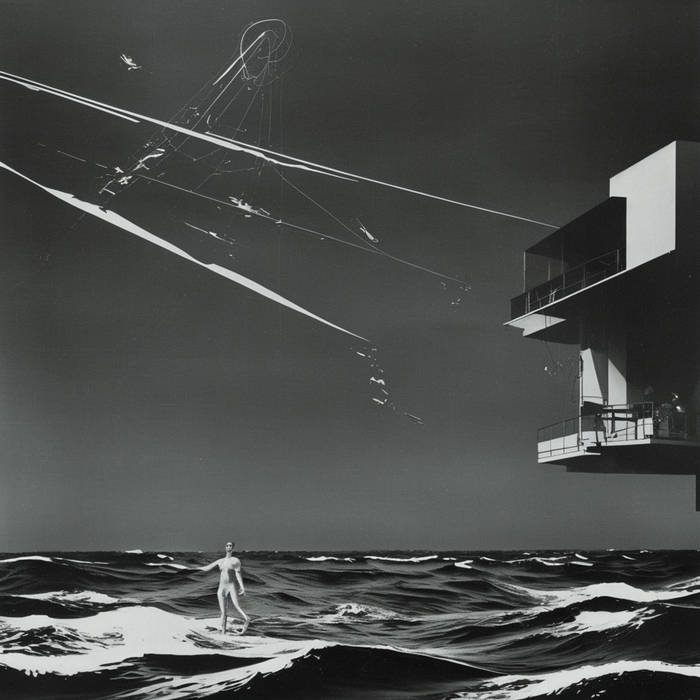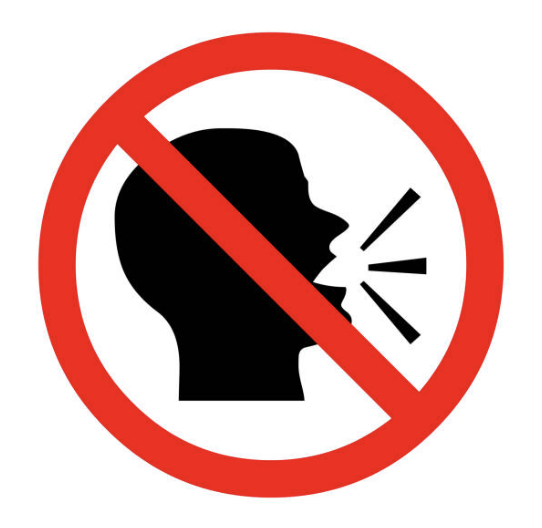an American 🤓👆
I say we fully commit the other way
An British person.
A American person.
I say we say:
An Britisher
A Americanish
How British is an Britisher compared to an Britishest?
He’s not fully Brit.
He’s only Brit-ish.
Americamish
Ermm, wrong emoji 🤓☝️
🤓🤓🤓
You know we use pounds as a weight measurement too, right?
Some countries use imperial measurements, others metric, but the UK enjoys both.
“Enjoys” is not how I would describe it.
You misstyped “Suffers from using” as “enjoys”
It was actually pretty great when I worked for a company making things here in england:
“That needs to move 50cm” meant it had to move exactly 500mm
“That needs to move a foot” meant just kick it over about a footIt was just an unspoken thing that metric meant precise and imperial was just caveman measuring
For some reason I too, subconsciously comprehend it that way.
Never worked in Civil or Mech
Thankfully I can’t remember the last time anyone used pounds to mean weight in a conversation with me. Here’s the current state of play in the UK based on my experience:
You still occasionally see people talk about their weight in stone, but many just use kilos now, anecdotally. For the weight of things you buy, it’s grams & kilos.
Height is very much still imperial for most people, I don’t think anyone would respond in centimetres if you asked their height
For long distances, if you drive, you speak in miles, if you don’t you might be more likely to talk in kilometers. Short distances are all in meters pretty much, maybe feet and yards if you’re a pensioner. Speed is mph
Volume is nearly always litres, with the exception of beer in a glass, which is always pints (or fractions of). Milk bottles are still imperial sized, but funnily I more often hear people say “big milk” & “small milk” rather than pints.
Temperature we use Celsius
Baby’s birthweights still seem to be mainly in pounds, but it’s very difficult to know what it means given that nothing else is typically measured in pounds. Someone will say about their baby “they were 8 pounds” and you’ll say, “oh, very good” and neither of you will think of pounds again.
Huh. So I can blame the British for influencing Canada to be fucked up.
Frickin’ temperatures. Fahrenheit for ovens and pools and Celsius for the rest. Why.
Wait what. You lot seem to have taken our madness and truly ran with it
Using mixed temperature units just seems uniquely unhinged
As a Canadian, yes, yes it is.
I’ve never really understood it. My Mom asks me to check her pool’s temperature. “24 degrees”
And she’s confused! “I have no idea what that means! Tell me in normal pool temperature”
But if I told her the outside temperature in Fahrenheit she’d be utterly confused, as would I. Only thing I know about Fahrenheit is that 30 is cold and 100 is very hot.
The pool thing is completely crazy.
I can understand the oven thing though. It’s so hot that it might as well have nothing to do with other everyday temperatures. So if you get ovens and recipes from the United States, I can see why it wouldn’t really be a problem. It’s treated as basically just a power level.
Still I wish we all switched to Celsius. It just feels useful to me to know how far you are from the boiling point of water, for instance.
Want more craziness?
- Construction materials, imperial.
- People’s weights, pounds, although most people understand kilos, they’ll just internally think you’re being a hipster if you make them convert in their head.
- People’s heights, generally feet. They’re hard to convert back and forth to cm, so people are often confused when I use cm. Though on government ID it’s cm.
- Short distances? Mostly imperial, especially with older people, but sometimes metric.
- Long distances? Hours by car. If you press it, people will use kilometers, but hours are absolutely the casual unit of distance.
- Weight of things? Usually metric, but a pound of butter is a pound of butter.
- Volumes? Metric, or metric-ified imperial units, like metric cups (250 ml), tablespoons (15 ml) and teaspoons (5 ml). Ounces only used for alcoholic drinks AFAIK. No one I know understands wtf a “15 ounce drink” means, even though restaurant chains sometimes use the measurement on their menus.
- In Quebec in particular, pint and gallon have been completely denatured from volume units to container types. A pint is a small container, usually a carton, containing 1 or 2 liters. Usually only used for milk. Can also be a 1-litre plastic bag of milk. (Used to be a popular Canadian staple; now cartons are the more popular thing.) A gallon is a jug or jerrycan. People are aware they’re supposed to be volume units but you rarely see them used as such.
Ovens: the YouTuber Atomic Shrimp just had his kitchen rebuilt and he noted that his new oven had the temperature control set 90° when pointed right, 180° when pointed down, 270° when pointed left - you rotated the knob the number of angular degrees you wanted in Celcius degrees. He noted that the fahrenheit version wouldn’t be able to do that
Australia is very metric. Though our 25mm water fittings will fit with pre-metric inch fittings (and likewise for all of plumbing)
We have pints in beer glasses, regionally have to specify British pints due to some places having a metric pint a fair bit smaller
Hah, that’s smart. I like that.
Also woo, dials. I hate how most ovens use capacitive buttons nowadays.
No, blame our close trading relationship with the states and a unfathomable thought process by Parliament during the transition to metric.
I’m all for blaming the US (it’s a fun pastime) but can you expand on that transition process? Sounds interesting.
You still occasionally see people talk about their weight in stone, but many just use kilos now, anecdotally.
In my experience, if you’re looking to lose a bit of flab for the summer, you’d say you want to lose six pound to half a stone (which is 7lb) or whatever, but if you go the gym regularly and keep an extremely keen eye on your weight, or if you like to think you do, you use kilos. As a rule, you’d use imperial for eyeballing or for measuring things with a bit of play, but you’d use metric if you need precision.
Milk bottles are still imperial sized, but funnily I more often hear people say “big milk” '& “small milk” rather than pints.
It’s actually a real mix. Actually look at the milk you buy, some shops will do half litre, litre etc bottles some will do pint, 2 pint bottles. I’m pretty sure they’ll be priced the same. Clever little bit of shrinkflation where 0.5 litres is 68ml smaller.
Does UK not use stone as a measurement?
Only older people. I know of none under 50 using it still. Most use kg from my experience these days
I’m 38 and I use stone because that’s what I was taught as a kid. Metric for all other weights though.
Do you think in whole stone, or fractions? It seems a rather large unit
Stone then pounds eg 11 stone 8.
Curious about something for years. Especially before metricization, when y’all bought things in shops, did it ever get confusing if someone was talking about weight or price? Like it’s a pound a pound or a pound per half pound. “Give me a pound’s worth” of ham. You 100 pence worth when you wanted 16 ounces. Not explaining myself well because it’s 5am, but I hope you get what I mean. Lol
Sterling wasn’t even decimalised until the 70s, so you’d often be talking about florins, shillings, pence etc. before pounds.
So in a lot of ways it was even worse!

I had forgotten about predecimal currency! God I’m glad the US never did that shit
Inflation would be heavy in that system
I’ve heard that in Canada you might build a fence 2’ high and 1km long.
How the eff do you gain 400 lbs?! That’s roughly 180kg!
the customary unit for body weight in the UK is, however, the stone https://www.wolframalpha.com/input?i=1+stone+(unit)
You replied to the wrong comment.
Yeah, and fractions of that stone? Pounds.
So like 10 stone 5 pounds.
You’re right, but also stones are mostly used as an approximate unit of bodyweight in casual conversation, so people would usually say “I’m about 10 and a half stone”.
If you’re dealing with bodyweight where accuracy matters, like in a medical sense, it’s metric anyway. Plenty of people here aren’t even sure of how many pounds make up a stone, despite regularly using the latter as a measurement.
I watched a video (Invidious) yesterday detailing the type of coins they used before 1971 in the UK and its empire, and it was actually insane.
1 Pound = 20 Shillings = 240 Pennies, with coins for 0.5, 1, 2, 3, 6 pennies, 1, 2, 2.5, 5 Shillings and banknotes for the Pounds, and each of these coins had 5 or more different names
It kinda made sense for a while. Remember we’re looking at this from a modern lense.
240 is very divisible. It’s similar to why we chose 360° for a circle, or 24 hours in a day.
It stopped making sense as more and more countries shifted to decimalisation, and machines made extremely quick+accurate division trivial and accessible.
I’m sure the UK kept their road speeds and distances in miles because they couldn’t see how you could calculate your mileage otherwise
How the eff do you gain 400 lbs?! That’s roughly 180kg!
You never stop eating every single second you eat you eat so much that you don’t even have enough time to go to the bathroom and you eat the most calorie dense foods
By eating all the things, I imagine.
Oh, it’s possible. So much so that they made a TV show out of it.












